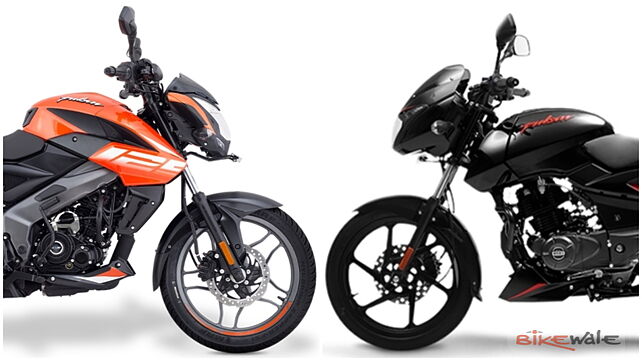
Bajaj recently expanded its Pulsar family by launching the NS125 in India. Now, including the standardPulsar 125, the Chakan-based brand has two 125cc Pulsars in its line-up. And this might confuse some of the potential buyers while choosing one of them. To help such folks, we quickly list down the differences between Pulsar NS125 and its standard sibling.
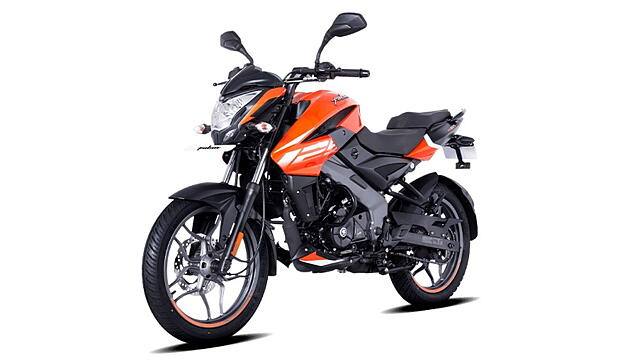
Design
The most evident difference lies in the way these Pulsars look. Both of them borrow the design from their respective elder siblings. While the NS125 looks sharp, edgy and sporty, the standard model has a muscular appeal with more rounded and bulkier body panels. Although they are equipped with a clip-on handlebar, the one in the NS is placed to make for a sportier riding triangle. Furthermore, while the NS sports a split seat as standard, its more traditional sibling gets it as an option.

Features
Both the 125cc Pulsar are almost identical when it comes to features. Things like a halogen headlamp, LED pilot lamps, conventional turn indicators and an LED tail lamp are common. Even the instrumentation setup is a similar semi-digital unit. As for the fuel capacity, the difference is a mere 0.5 litre with the NS incorporating a larger 12 litre unit.

Engine
Both bikes are powered by a 125cc, air-cooled, two valve engine. While the NS makes 11.83bhp and 11Nm, the standard Pulsar produces 11.64bhp and 10.8Nm. Now, the difference in performance is minimal on paper but the NS should exude a sportier character in the real world, similar to its larger siblings. Transmission duties are handled by a common five-speed gearbox.

Cycle Parts
This is the department in which both bikes are profoundly distinct. Despite being a 125cc bike, the baby NS borrows its perimeter frame from its 160cc and 200cc versions. This chassis is known for facilitating the motorcycle with impressive agility. The standard Pulsar, meanwhile, is based on a more traditional double downtube frame which is theoretically less superior than the perimeter unit. Moreover, at 1353mm, the NS has a 33mm longer wheelbase than the Pulsar 125 which means the former should be more stable. The NS also gets a more modern suspension and braking setup with a rear monoshock and a petal-type disc, as against the standard bike’s dual shock absorbers and a conventional disc. However, the front suspension remains common telescopic units.
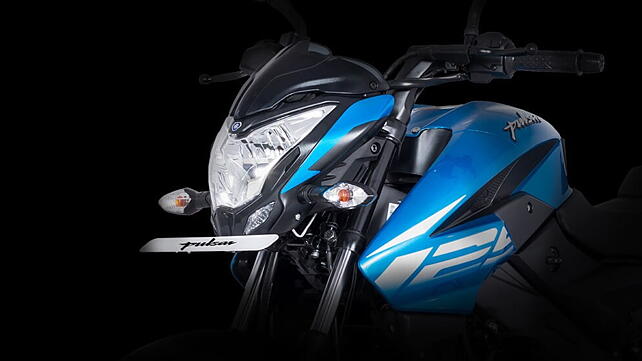
Pricing
Prices of the Bajaj Pulsar 125 start at Rs 79,693 (drum brake) and go up to Rs 82,989 (disc, split-seat). On the other hand, the Pulsar NS125 is available in a single variant that is more expensive at Rs 93,690. For the extra money, you get a bike that looks sportier and nearly identical to its 160cc and 200cc siblings. The NS also features a more premium hardware package.

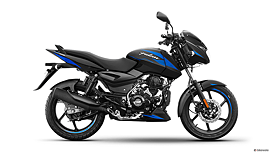
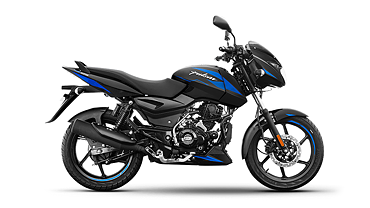


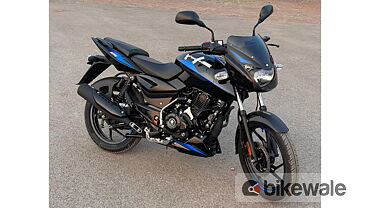
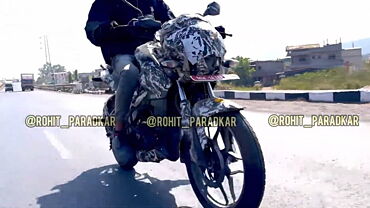

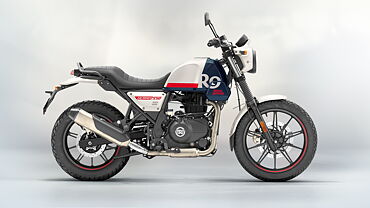
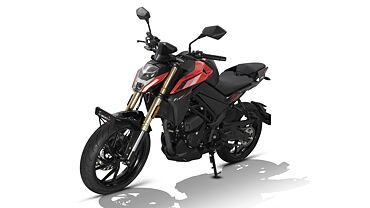



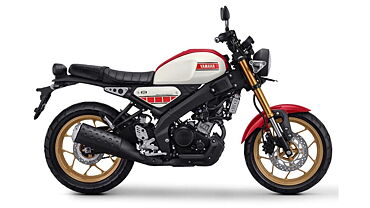
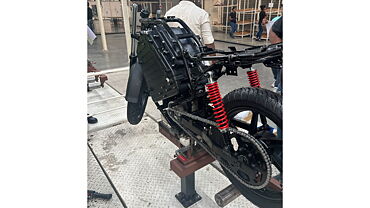







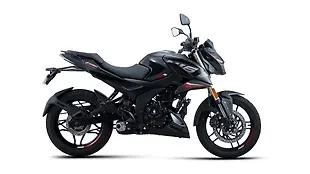
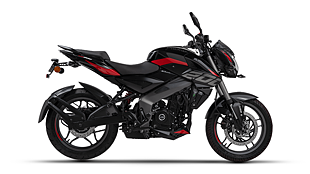






![KTM 390 Adventure X [2025] KTM 390 Adventure X [2025]](https://imgd.aeplcdn.com/272x153/n/cw/ec/190885/390-adventure-x-2025-right-side-view.jpeg?isig=0&q=80)